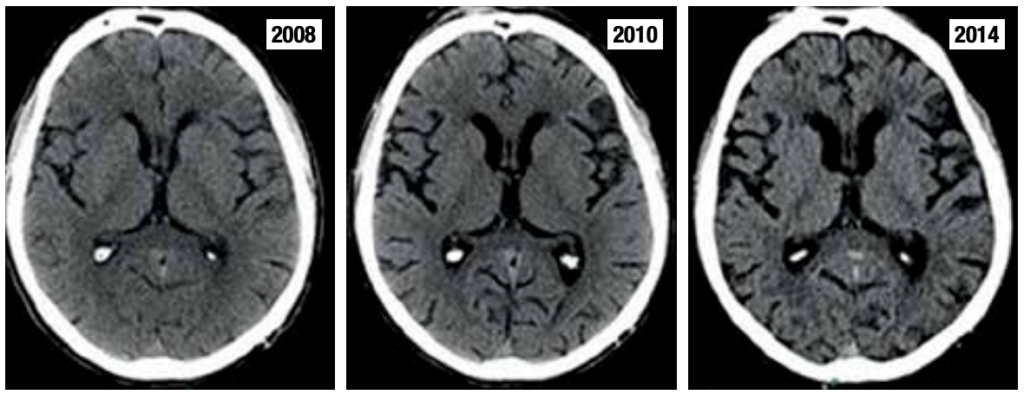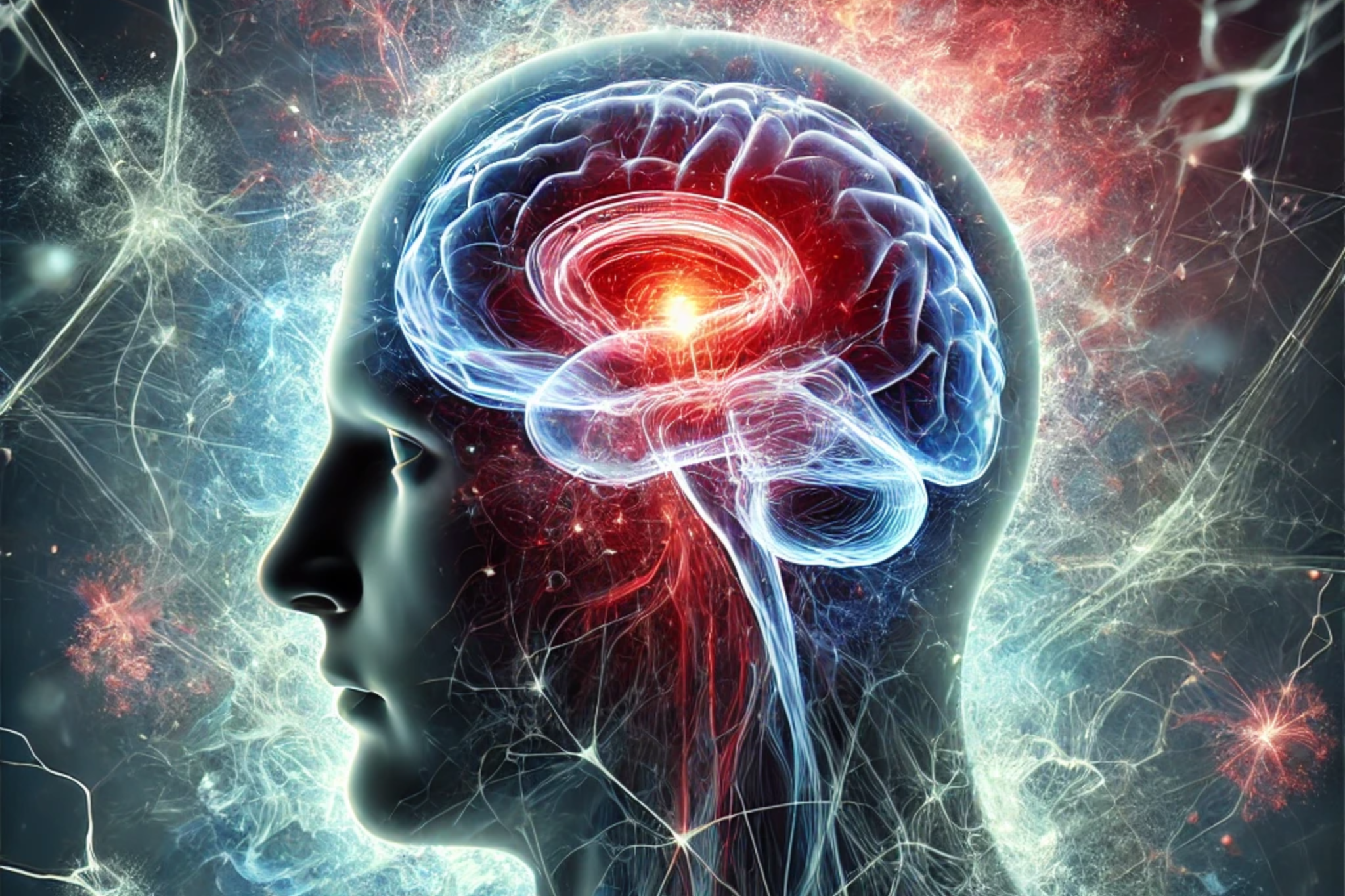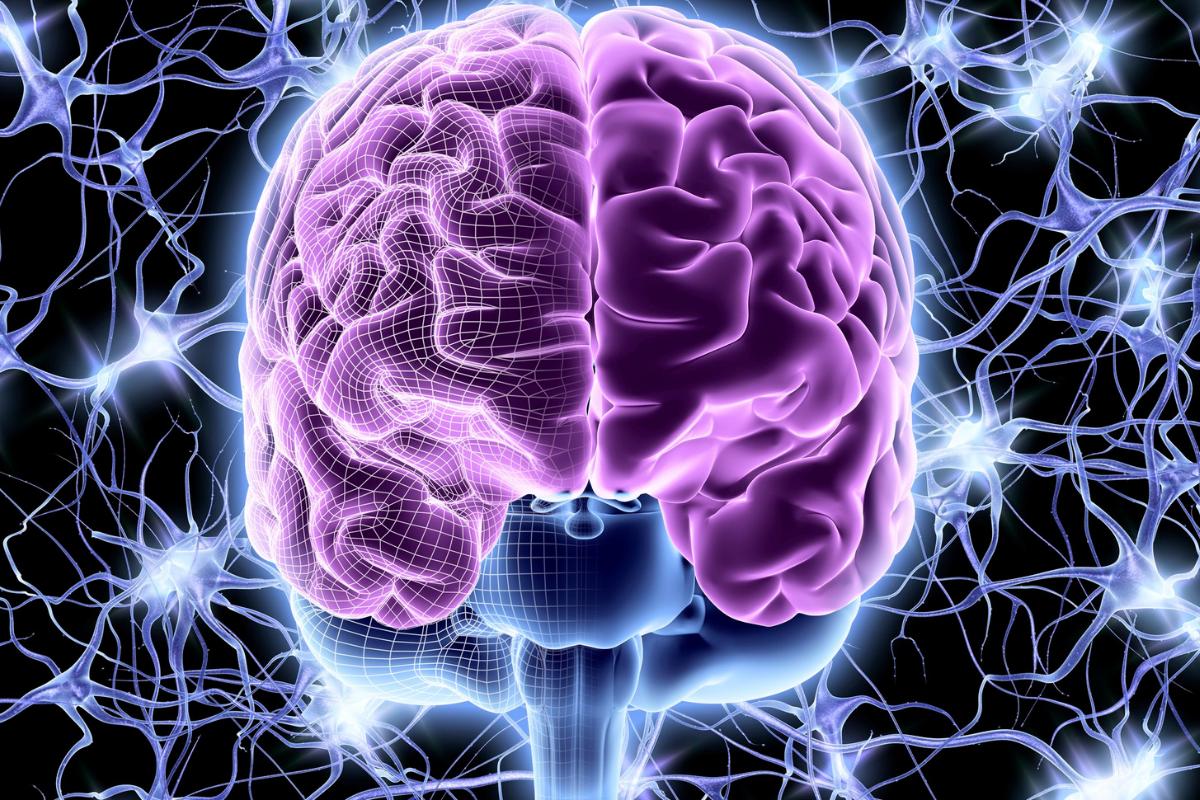Evidence suggests that fermented drinks have been produced by mankind for over 9,000 years.
The production of alcohol for human consumption (distillates) was optimized in the Middle Ages, mainly with the creation of specific equipment for its production.
Regardless of the passage of time or the changes throughout history, alcohol continues to have a marked presence in contemporary society. Its negative impact on people's health is of great magnitude, as seen in the pandemic.
Overall, alcohol consumption is associated with 20% of emergency medical treatments for injuries and 11.5% of treatments without injuries.
Alcoholism has serious and negative consequences, not only for health, but also for interpersonal relationships, productivity and professional performance.
Understanding the process and the burden associated with alcohol consumption is the first step towards avoiding it.
What impact does alcohol consumption have on mental health?
Mental health is essential for well-being, influencing relationships, work and quality of life. In a fast-paced world, alcohol is a common escape valve, but its use can aggravate emotional and psychological problems.
How does alcohol affect the central nervous system?
Alcohol inhibits the activity of the Central Nervous System (CNS), slowing down brain function and communication between neurons. Alcohol can cause mild sedation and, at higher doses, drowsiness or loss of consciousness. Its main effects include:
- glutamate inhibition: alcohol reduces the action of glutamate, an excitatory neurotransmitter;
- potentiation of GABA (gamma-aminobutyric acid): alcohol increases the action of GABA, an inhibitory neurotransmitter;
- release of dopamine (causing temporary well-being by acting on the brain's reward system);
- cognitive impairment (inattention, amnesia) and motor impairment (slowing of reflexes);
- dependence and withdrawal.
The role of GABA and serotonin dysfunctions in the development of mental disorders
GABA and serotonin are essential neurotransmitters for brain balance. Their actions in the CNS involve regulating mood, anxiety, sleep, cognition and other brain processes.
Dysfunctions in these systems are linked to disorders such as anxiety, depression, insomnia, OCD (Obsessive-Compulsive Disorder) and PTSD (Post-Traumatic Stress Disorder).
Alcohol interferes with these processes, aggravating symptoms and contributing to the development of these mental disorders.
The effects of alcohol on the brain and the relationship with depression and anxiety
Alcohol easily crosses the blood-brain barrier (a cellular physiological structure that protects the CNS), affecting the entire system. Initially, it increases serotonin and dopamine levels, causing euphoria, but as it is metabolized, it leads to feelings of sadness and discouragement.
Chronic use of alcohol can lead to dependence, withdrawal, reduction of neurotransmitters and worsening of depressive and anxiety symptoms.

Liability for alcohol use
- Worldwide, 3 million deaths a year result from the harmful use of alcohol, which represents 5.3% of all deaths.
- Harmful alcohol use is a causal factor in more than 200 disease and injury conditions.
- Overall, 5.1% of the burden of disease and injury is attributable to alcohol, as measured in years of life lost through disability and death.
- Alcohol consumption is associated with death and disability relatively early in life. In the 20-39 age group, approximately 13.5% of all deaths are attributable to alcohol.
- There is a causal relationship between harmful alcohol use and a variety of mental and behavioral disorders, other non-communicable diseases and injuries.
- There are established causal relationships between harmful alcohol consumption and the incidence of infectious diseases such as tuberculosis, as well as the course of HIV/AIDS.
- In addition to the health consequences, the harmful use of alcohol brings significant social and economic losses for individuals and society in general.
How can I drink alcohol safely?
People don't like to hear it, but there is no safe level for alcohol consumption.
Of course, there is a pattern of lower-risk alcohol consumption, but the World Health Organization doesn't set specific limits, because the evidence shows that the ideal for health is not to drink at all
Alcohol is closely linked to around 60 different diagnoses and for almost all of them there is a close relationship between the dose and the response, so the more you drink, the greater the risk of contracting diseases. Less is better.
The relationship between chronic alcohol consumption and increased symptoms of depression and anxiety
Chronic alcohol consumption is associated with a higher risk of depression and anxiety.
Several studies have shown that individuals who consume alcohol chronically are more likely to be diagnosed with depression and anxiety than the general population.
The vicious circle: how alcohol contributes to the intensification of psychiatric symptoms
Alcohol compromises several brain areas, especially the prefrontal cortex, which is responsible for self-control and emotional regulation.
This aggravates disorders such as bipolar disorder, psychosis and schizophrenia, creating a cycle in which alcohol abuse and psychiatric disorders feed off each other. It's a two-way relationship, leading to a spiral of progressively worsening symptoms.
Alcohol as a trigger for depressive and anxiety episodes
Alcohol provides temporary relief from anxiety, but this is illusory, as its continued use alters the hypothalamic-pituitary-adrenal (HHA) axis, increasing vulnerability to emotional crises and anxiety.
People with a genetic predisposition have a higher risk of developing alcohol dependence.
In addition, depression, for example, can lead to alcohol abuse as a form of "self-medication" to relieve symptoms, which often intensifies the downward spiral of symptoms.
The impact of alcohol withdrawal and the link to mental disorders
Alcohol withdrawal can trigger severe physical and mental symptoms such as sweating, tremors, anxiety, depressed mood and psychotic symptoms.
Increased tolerance due to chronic alcohol consumption aggravates dependence and emotional disturbances, leading to mood swings and social problems.
Withdrawal symptoms and their physical and psychological effects
The initial withdrawal symptoms usually appear a few hours after the last dose and can include anxiety, tremors, sweating, nausea, insomnia and irritability.
In more serious cases, withdrawal can develop into potentially dangerous complications, such as hallucinations, convulsions and delirium (the latter is even associated with symptoms such as mental confusion, extreme agitation, fever and tachycardia).
How increased tolerance can aggravate addiction and emotional disorders
Tolerance to alcohol requires larger doses to achieve the same effects, reinforcing dependence and intensifying emotional disturbances.
Basically, the body adapts to the constant presence of alcohol, requiring larger and larger quantities of the substance to achieve the same effects (which were previously achieved with smaller doses), which also aggravates social problems such as family conflicts, loss of employment and isolation.
What are the long-term effects of excessive alcohol use?
Physical and emotional damage from chronic alcohol use
Alcoholism damages the cardiovascular system, the liver and cognitive functions, as well as aggravating mental disorders.
Consequences for the cardiovascular system and liver
The cardiovascular system and the liver are two systems that are greatly affected by excessive alcohol consumption.
For the cardiovascular system, the heart and blood vessels are the most affected:
- alcohol weakens the heart muscle, reducing its ability to pump blood efficiently;
- alcohol raises blood pressure, increasing the risk of cardiovascular diseases such as heart attacks and strokes;
- chronic alcohol use can contribute to the build-up of plaques in the arteries, restricting blood flow and increasing the risk of cardiovascular events.
Examples of consequences for the liver are as follows:
- alcoholic hepatitis: inflammation of the liver which can cause abdominal pain, nausea and jaundice;
- hepatic steatosis (popularly known as "fatty liver"): accumulation of fat in the liver;
- liver cirrhosis: irreversible damage to the liver, which can lead to liver failure.
Impairment of cognitive functions and memory loss
Alcohol impairs reasoning, attention and memory and can cause a reduction in brain volume and an imbalance in neurotransmitters:
- reduced reasoning capacity;
- impaired attention and concentration;
- mental slowness.
How does alcohol contribute to the development of psychiatric illnesses?
Alcohol is associated with psychiatric comorbidities such as anxiety and depression, bipolar disorder and schizophrenia, creating a complex cycle that makes treatment difficult.
Most prevalent psychiatric comorbidities among alcohol users
Generalized anxiety disorders (GAD), depression, bipolar disorder and psychosis are common among alcohol users.
It's worth noting that these conditions can influence each other, creating a complex cycle that makes treatment difficult.
Prevention and treatment: how to deal with alcohol consumption and its consequences?
Prevention and treatment involve strategies to avoid consumption and address existing harms, with medical, psychological and social support.
Therapeutic approaches to treating the effects of alcohol on mental health
Psychotherapy and the use of medication are effective approaches to reducing dependency and treating alcohol-related mental disorders.
Psychotherapy: an approach to reducing addiction and treating mental disorders
Psychotherapy is a therapeutic approach that aims to help individuals understand and change patterns of thinking and behavior that contribute to addiction and other disorders.
Through techniques such as Cognitive Behavioral Therapy (CBT), patients learn to identify dysfunctional thoughts and develop strategies to deal with emotions in a healthy way.
Use of medication to stabilize the brain
In the treatment of alcoholism, the combination of psychotherapy and medication is effective in reducing dependency and treating associated mental disorders.
The drugs act on the central nervous system and can reduce withdrawal symptoms and cravings for alcohol.
The most commonly used are benzodiazepine anxiolytics (especially indicated in the acute phase of withdrawal), antidepressants and mood stabilizers (both when there are comorbidities). They help control symptoms and improve quality of life.
The importance of raising awareness about responsible alcohol consumption
Raising awareness about responsible alcohol consumption promotes conscious choices, reducing risks such as addiction, accidents and problems related to substance abuse.
Healthy coping strategies for dealing with stress and anxiety
Coping refers to the practices people use to deal with stressful situations, emotional challenges or everyday problems.
By replacing alcohol use with positive practices, such as physical exercise, meditation, social support and hobbies, patients develop tools to face emotional challenges without resorting to the substance.
The importance of education and prevention in harm reduction
Education and prevention are essential pillars in the reduction of alcohol-related harm, as they act in a way that proactively to prevent the development of addiction and minimize its negative impacts.
Education empowers individuals and communities to recognize risk behaviors and to seek help when necessary.
Actions aimed, for example, at young people and vulnerable groups can reduce the early onset of consumption and prevent problematic patterns of use.
What is the relationship between alcohol and anxiety and depression disorders?
How alcohol aggravates the symptoms of anxiety disorders
The misconception that alcohol relieves anxiety and stress
As mentioned earlier, alcohol has a temporary relieving effect on anxiety and stress.
However, the long-term effects are harmful and can aggravate the problems they were supposed to alleviate.
After the initial effect, a "rebound effect" occurs, in which anxiety and stress levels increase, leaving the person more agitated and irritable.
The impact of alcohol on areas of the brain related to emotional regulation
Frequent alcohol consumption, as mentioned above, disrupts brain chemistry, affecting neurotransmitters such as GABA and serotonin, which are essential for emotional balance.
It alters the function of neurotransmitters such as GABA and glutamate, reducing brain activity and causing effects such as disinhibition and initial relaxation.
However, with chronic use, the brain adapts to these changes, leading to chemical imbalances that can increase irritability, anxiety and difficulty controlling emotions.
Alcohol and the intensification of depression
The effect of alcohol on serotonin and the link to recurrent depression
Alcohol, in initial doses, can increase serotonin levels; however, its intense or chronic consumption leads to a reduction in these levels, contributing to depressive symptoms.
This fluctuation can aggravate recurrent depression, in which periods of improvement alternate with depressive episodes.
How frequent consumption can lead to worsening depressive symptoms
Alcohol also impairs the quality of sleep, which is essential for mental health.
Sleep disorders are directly associated with worsening depressive symptoms, creating an environment conducive to worsening the clinical picture.
While alcohol consumption can offer a passing feeling of relaxation or euphoria, the rebound effect is often marked by an increase in anxiety and depression, leading to a cycle of repetitive and self-destructive consumption.
Alcohol consumption among women: are there specific risks and challenges for women?
Alcohol consumption among women has been highlighted due to the specific risks involved.
Women are more vulnerable to the negative effects of alcohol on both their physical and mental health, due to biological, hormonal and social differences that affect how their bodies process and respond to alcohol.
How the female body responds differently to alcohol than the male body
Biological factors that make women more vulnerable to the effects of alcohol
On average, women have less body water and more fat than men. As alcohol is diluted in both water and fat - unlike most substances - this difference means that it is more concentrated in the female body.
In addition, the lower production of enzymes that metabolize alcohol in the liver in women contributes to faster absorption and prolonged effect, increasing the risk of liver damage and other complications.
The impact of alcohol on female hormonal conditions
Alcohol can interfere with women's hormonal balance, affecting menstrual cycles, fertility and even the menopause.
Alcoholism is associated with changes in oestrogen levels, which can increase the risk of diseases such as breast cancer.
Why should women be more cautious about drinking alcohol?
Increased risk of diseases such as breast cancer and heart disease
Alcohol consumption is directly associated with an increased risk of breast cancer, even in moderate quantities.
This is apparently because alcohol can raise levels of estrogen, a hormone linked to the development of breast tumors.
It also contributes to the onset of heart disease, hypertension and strokes (especially if the woman already has a genetic predisposition or risk factors).
How excessive alcohol consumption affects women's mental and emotional health
Women who consume alcohol frequently are more likely to develop chemical dependency, which can lead to a vicious cycle of consumption and worsening mental health.
When to seek professional help?
It is important to seek professional help when alcohol consumption begins to interfere with quality of life, relationships or physical and mental health.
Warning signs include difficulty controlling the amount of alcohol consumed, withdrawal symptoms (such as tremors or anxiety) and impaired performance at work or in daily activities.
If you or someone close to you is facing challenges related to alcohol use, seek professional advice. Access for more information.
FAQ
Research shows a lower risk of ischemic events (heart disease, stroke and type 2 diabetes) among middle-aged and older drinkers, as long as they drink lightly to moderately.
But the harmful effects of alcohol far outweigh any potential protective benefits, tipping the risk-benefit balance towards the riskier side.
An elderly person will get far more health benefits from being physically active and eating healthy food than from drinking alcohol.
Even moderate drinkers notice health benefits when they stop drinking alcohol.
They quickly notice that they sleep better and feel more refreshed and alert the next day. Those who don't drink find it easier to control their weight.
There are very important health reasons why alcohol consumption represents a greater risk for women than for men.
Alcohol is simply more harmful to women. The lower percentage of water in a woman's body than in a man's means that alcohol will reach a higher concentration and therefore a higher toxicity.
In addition, the enzyme that breaks down alcohol is produced in smaller quantities in a woman's body, which means that the alcohol will take longer to leave her system.






